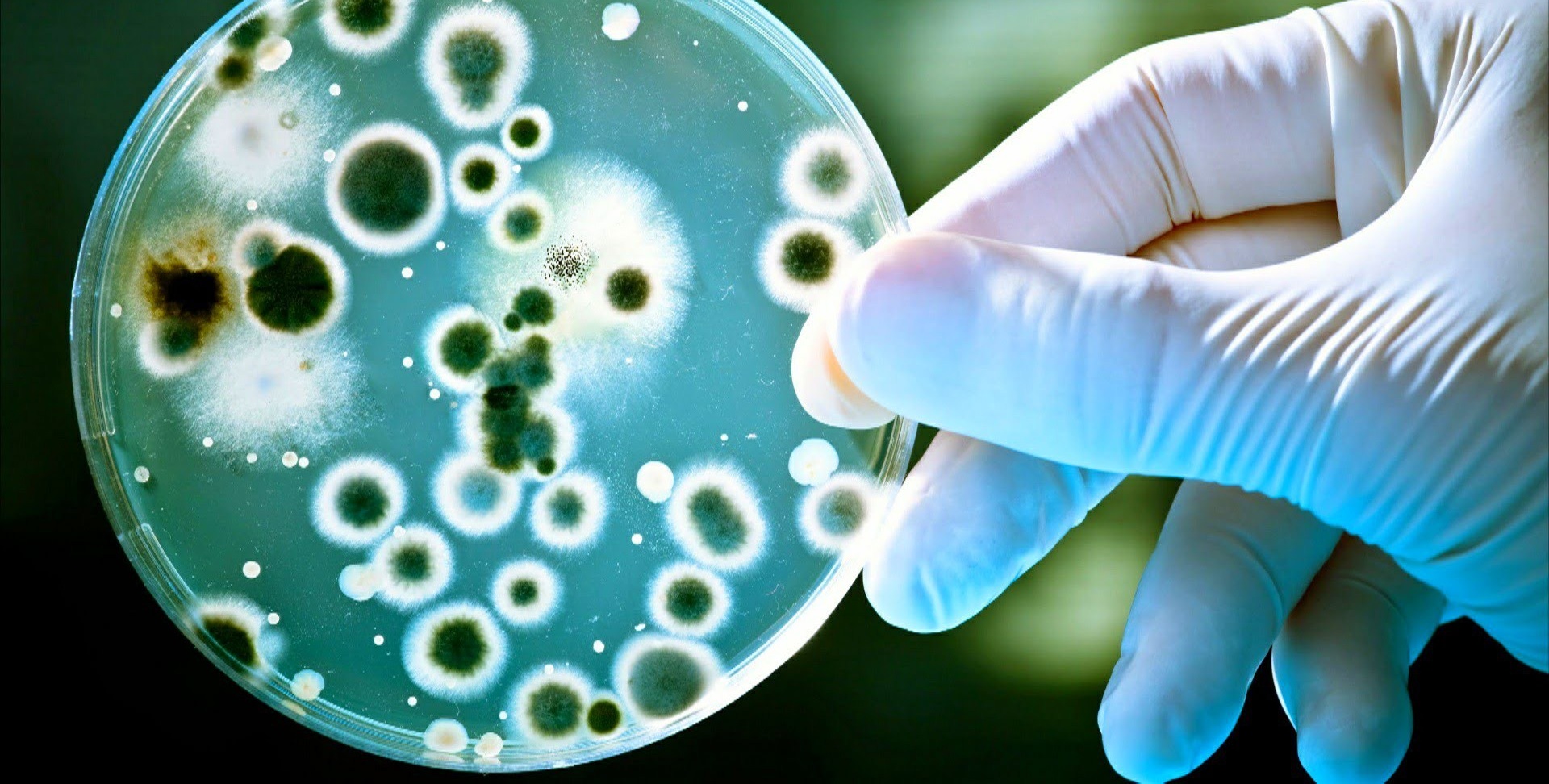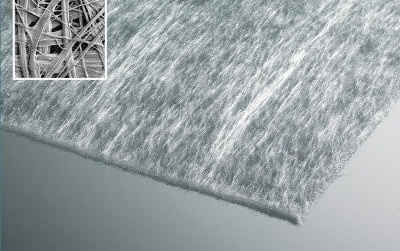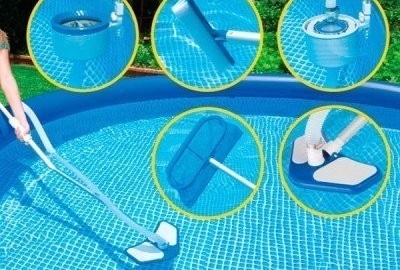How to choose and operate VOCs?
Hello! I choose VOC for a private house in which five people will live permanently. There is a large bathtub (400 l) and two washbasins, a washing and dishwasher, a toilet and a bidet. Tell us how to choose and operate VOCs correctly? Everywhere they write that bacteria need to be planted, and in the store they said that this is not necessary. What can happen if we use the sewage system irregularly at first? Is it possible to put VOCs near the house and near the well? After all, as I understand it, pure technical water comes out of it, there is no danger.
The principle of operation of the septic tank TOPAS, video
VOCs or local treatment plants - as the people usually call small aeration plants designed for waste disposal. It is really possible to achieve a high level of purification in them, since complexes of anaerobic and aerobic bacteria work in such devices (for the latter, air is pumped by compressors, otherwise they will die).
The operation process of the TOPAS treatment plant is presented in detail in the video.
Septic tank options
Usually VOCs for a private house are selected based on the number of permanent residents, as well as taking into account a possible salvo discharge. For the described situation, for example, SPD TOPAS 5 Pr is quite suitable, however, you should nevertheless discuss possible options with a consultant who is familiar with the nuances of a specific model of a treatment plant.
Note! You should not buy VOCs with a margin in the expectation of a future increase in the number of tenants or just “just in case”. The device will not function correctly with a small amount of effluent.
Such treatment plants are designed for continuous use, so you should not use VOCs if the family visits the house only on weekends. In this case, it will be enough to install the usual two-chamber septic tank.
In small aeration installations, you really can not add bacteria, because after installation all the necessary set of microorganisms will be placed in the device. What happens if VOCs are not used for a long time? The number of bacteria lacking nutrition will be significantly reduced; purified water and silt sediment will remain in the device. With the resumption of wastewater, the number of bacteria will gradually increase. However, if the volume of effluents increases sharply, such a small number of microorganisms will not be able to provide a sufficiently high quality of treatment. Therefore, it will be easier to fill the VOC with a portion of “fresh” bacteria and use it calmly.
The microorganisms inhabiting a specific aeration plant should be better understood. Most of these crops die with a high concentration of chlorine, so the owner of the VOC will have to abandon chlorine-containing household chemicals. If part of the bacteria has died for some reason and the VOC is broken (for example, an unpleasant odor has appeared), a new microorganism set. Although the advertisement says that VOC does not cause any trouble to its owner, it still accumulates an insoluble residue that must be periodically removed. The amount of such waste is approximately 70 g per each tenant of the house per day.
Do not neglect building codes and install VOCs in the immediate vicinity of the house and the source of drinking water. Although the water leaving the treatment plant is quite suitable for irrigation, no one is safe from breakdowns. The likelihood of contamination of the soil with sewage can also occur with the incorrect operation of VOCs caused by a lack of bacteria. It is usually recommended to place treatment facilities at a distance of about 15-25 m from the well.


